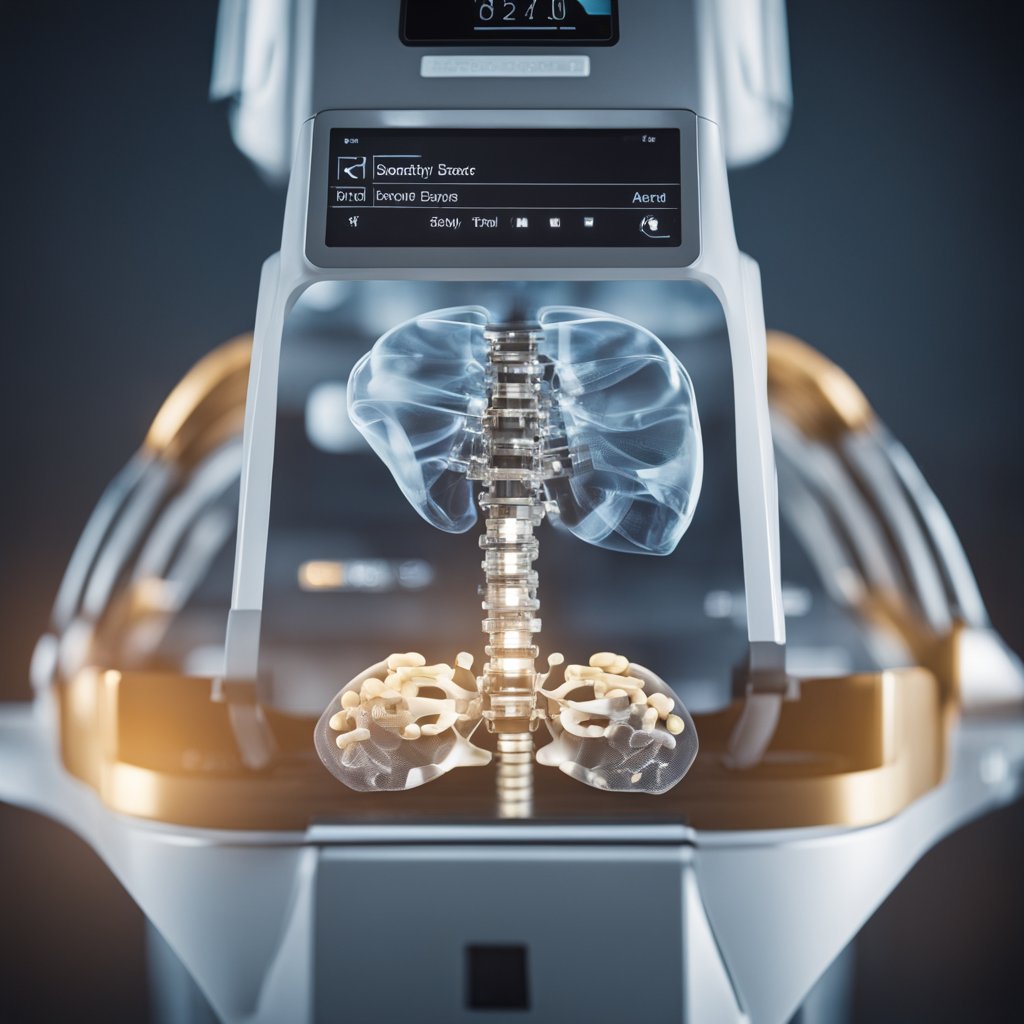Osteoporosis, a condition characterized by weakened bones prone to fractures, affects millions globally. Detecting osteoporosis early can significantly impact treatment efficacy and overall quality of life. Dexa (Dual-energy X-ray absorptiometry) scans play a pivotal role in early diagnosis, enabling proactive measures against this condition.
Introduction to Osteoporosis
Osteoporosis, often termed a “silent disease,” gradually weakens bones, increasing fracture risks, especially in older adults. Its prevalence has prompted a critical need for early detection strategies to mitigate its impact.
Understanding Dexa Scans
Dexa scan, a non-invasive imaging technique, precisely measure bone density, identifying early signs of osteoporosis by assessing bone strength.
Benefits of Early Diagnosis
Early detection allows individuals to adopt preventive measures, reducing the risk of fractures and improving treatment outcomes.
Risk Factors for Osteoporosis
Age, gender, genetics, and lifestyle choices significantly contribute to osteoporosis risk. Awareness of these factors aids in proactive health management.
The Dexa Scan Procedure
During a Dexa scan, low-dose X-rays examine specific areas prone to fractures. It’s a quick, painless procedure requiring minimal preparation.
Interpreting Dexa Scan Results
T-scores and Z-scores in Dexa reports indicate bone density levels compared to age-matched individuals, providing crucial insights into bone health.
Role of Dexa Scans in Diagnosis
Dexa scans serve as a gold standard in diagnosing osteoporosis, offering precise assessments compared to other methods.
Early Detection and Prevention Strategies
Lifestyle modifications, adequate calcium, vitamin D intake, and regular exercise significantly contribute to bone health and reduce osteoporosis risks.
Treatment Options for Osteoporosis
Medications, therapies, and lifestyle changes complement each other in managing osteoporosis, enhancing bone strength and minimizing fracture risks.
Cost and Accessibility of Dexa Scans
Accessibility and insurance coverage influence Dexa scan availability, impacting widespread diagnosis opportunities.
Raising Awareness and Education
Educating communities about osteoporosis and Dexa scans promotes proactive measures, fostering bone health awareness.
Future Innovations in Osteoporosis Detection
Technological advancements aim to enhance Dexa scans, making them more accessible, efficient, and precise in diagnosing osteoporosis.
Addressing Common Misconceptions
Dispelling myths and addressing fears surrounding Dexa scans facilitates better understanding and encourages proactive healthcare.
Real-life Stories: Impact of Early Diagnosis
Personal anecdotes highlight the transformative impact of early diagnosis, inspiring others to prioritize bone health.
Conclusion
Detecting osteoporosis with Dexa scans enables early intervention, crucial in mitigating its adverse effects. Prioritizing bone health through proactive measures and timely diagnosis significantly improves the quality of life.
FAQs
Are Dexa scans painful?
No, Dexa scans are painless and non-invasive, similar to a regular X-ray.
How often should one get a Dexa scan?
It depends on individual risk factors. Consult a healthcare professional for guidance.
Can osteoporosis be completely cured?
While it can’t be entirely cured, timely intervention and treatment help manage and reduce its impact.
Do men need Dexa scans for osteoporosis detection?
Yes, osteoporosis affects men too, particularly with certain risk factors.
At what age should one consider a Dexa scan?
Typically, postmenopausal women and men above 50 with risk factors should consider Dexa scans.
